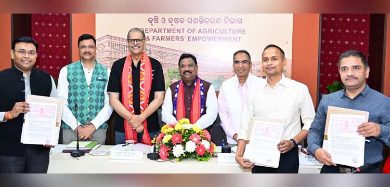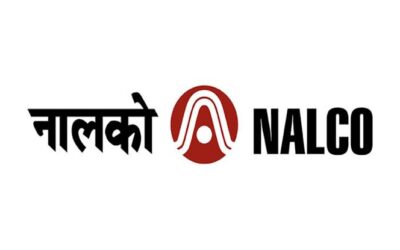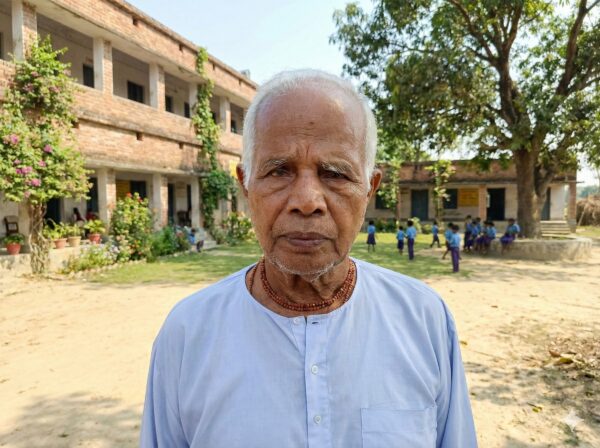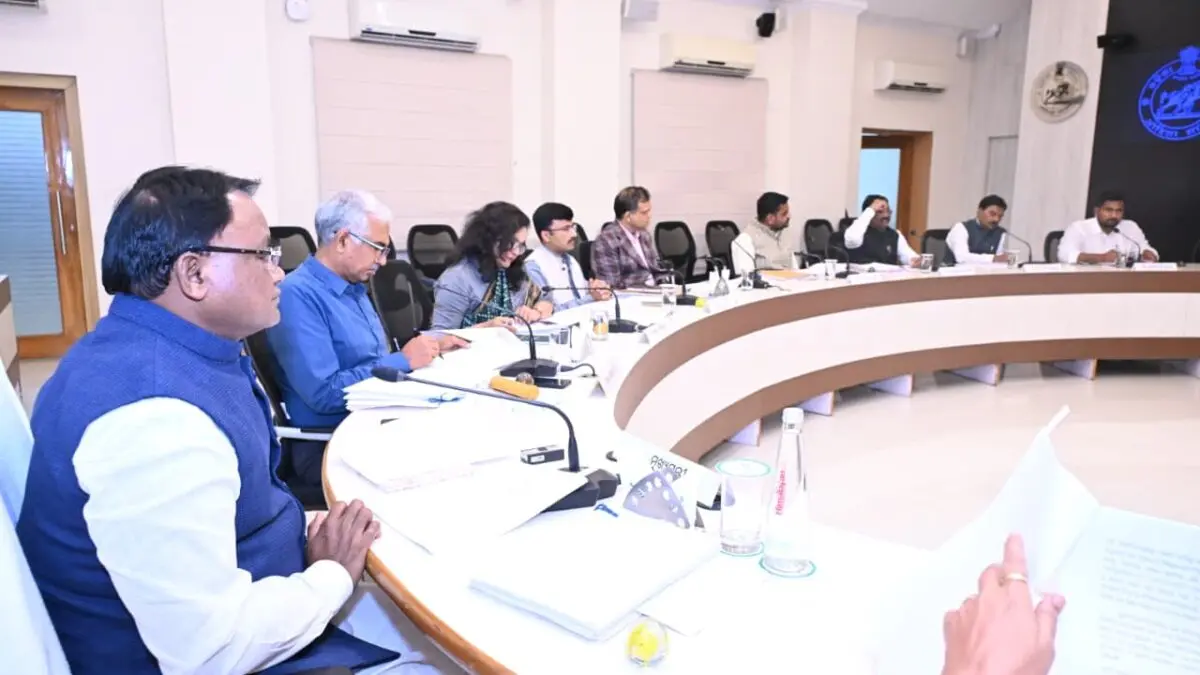Odisha Cabinet Approves ₹300-Crore Scheme to Establish Model Mandis Across State
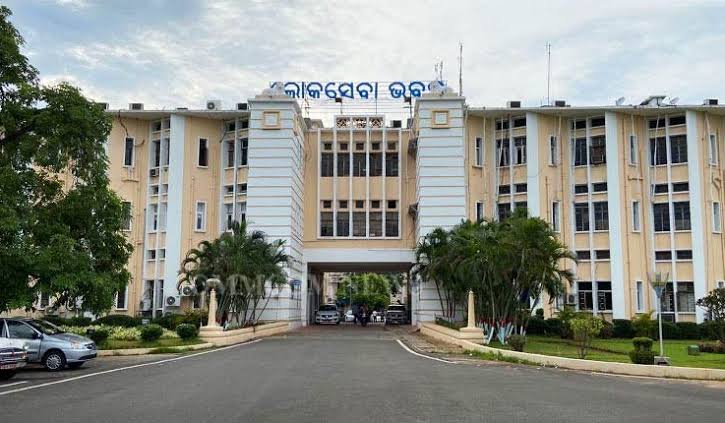
38 new facilities to be developed in first phase; project aims to modernise agricultural marketing and boost farmer incomes
Bhubaneswar: In a major step towards transforming the agricultural marketing system, the Odisha Cabinet on Wednesday approved a proposal from the Cooperation Department to launch a new State Plan Scheme for establishing “Model Mandis” across the state. The initiative is designed to improve market access for farmers, minimise post-harvest losses, ensure fair prices for produce, and create a modern, transparent marketing infrastructure.
Under the scheme, 38 Model Mandis will be developed in the first phase — one in each district — based on extensive field assessments to determine the most suitable locations. The plan includes 14 large, 17 medium, and 7 small facilities, catering to the diverse needs of different agricultural zones in Odisha. A second phase will see an additional 62 existing mandis upgraded to Model Mandi standards.
The Model Mandis will be designed as integrated hubs where all essential agricultural marketing activities can take place under one roof. Proposed facilities include modern storage systems, raised concrete drying platforms, covered sheds for produce, quality testing kiosks, cooling chambers, farmers’ rest-sheds, and hygienic toilets, with separate provisions for women farmers. Other planned amenities include eateries, vending zones, bank branches, ATMs, parking spaces, electronic weighbridges, retail outlets for agricultural inputs, and proper waste disposal systems.
Officials said the design focuses on combining physical infrastructure with digital solutions to improve efficiency and transparency. Digital weighing, e-payment systems, and real-time market price displays will be incorporated to ensure that farmers can transact without intermediaries and get fair value for their produce.
The Odisha Bridge & Construction Corporation Ltd. (OBCC) has been tasked with executing the construction, while the Odisha State Agricultural Marketing Board (OSAM Board) will oversee the project through a dedicated Project Monitoring Cell. This monitoring unit will track progress, ensure adherence to quality standards, and facilitate coordination among different agencies involved.
The first phase of the scheme will be implemented at an estimated cost of ₹300 crore. Of this, ₹150 crore will come from the Regulated Market Committees under the OSAM Board, and the remaining ₹150 crore will be provided through the State Plan Scheme. The government has already allocated ₹50 crore in the current financial year to kick-start the initiative.
According to the approved timeline, the first-phase mandis are expected to be completed during 2025–26 and 2026–27. Once operational, they are projected to serve as benchmarks for agricultural market infrastructure in the state.
Government officials highlighted that the Model Mandis will not only improve the marketing experience for farmers but also enhance the quality and shelf life of produce through better post-harvest handling. This, in turn, is expected to increase farmer incomes and reduce wastage.
The scheme is also aligned with Odisha’s larger strategy to strengthen its agricultural value chain. By linking modern mandi facilities with cold storage units, food processing industries, and export channels, the state aims to expand market opportunities beyond local boundaries.
“Modernising the mandi system will bring transparency, efficiency, and competitiveness to agricultural marketing in Odisha,” a senior Cooperation Department official said. “Farmers will benefit from direct market linkages, improved storage and grading facilities, and access to financial and retail services at the mandi premises itself.”
The move has been welcomed by farmer associations, which have long demanded better market facilities to reduce dependence on middlemen and improve bargaining power. Experts say that if executed effectively, the Model Mandis could become key nodes in a more equitable and technology-driven agricultural economy for Odisha.

